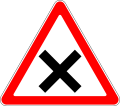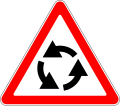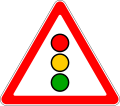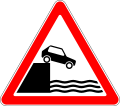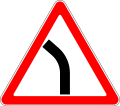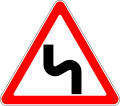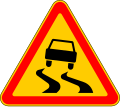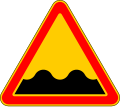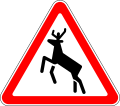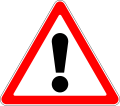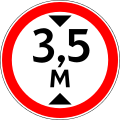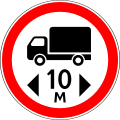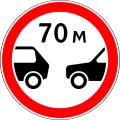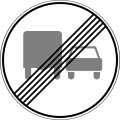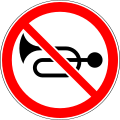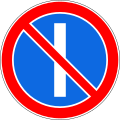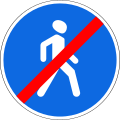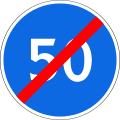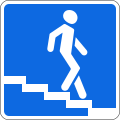5.1 Motorway
5.2 End of the motorway
5.3 Road for cars
5.4 End of the road for cars
5.5 One-way road
5.6 End of one-way road
5.7.1 Exit to a one-way road
5.7.2 Exit to a one-way road
5.8.1 Lane directions
5.8.2 Lane directions
5.8.2 Lane directions
5.8.2 Lane directions
5.8.2 Lane directions
5.8.2 Lane directions
5.8.2 Lane directions
5.8.2 Lane directions
5.8.3 The beginning of the lane
5.8.3 The beginning of the lane
5.8.4 The beginning of the lane
5.8.5 End of the lane
5.8.6 End of the lane
5.8.7 Lane direction
5.8.8 Lane direction
5.8.8 Lane direction
5.8.9 Number of lanes with speed limits
5.9 Bus lane
5.10.1 A road with a line for fixed-route vehicles
5.10.2 End of the road with a lane for fixed-route vehicles
5.10.3 Exit to the road with a lane for fixed-route vehicles
5.10.4 Exit to the road with a lane for fixed-route vehicles
5.11.1 U-turn
5.11.2 U-turn
5.12 Number of lanes
5.13 Bus and/or trolleybus stop location
5.14 Tram stop location
5.15 Parking place for passenger taxis
5.16.1 Pedestrian crossing
5.16.2 Pedestrian crossing
5.17.2 Subway (underpass)
5.17.4 Footbridge
5.18 Recommended speed
5.19.2 Dead end
5.19.3 Dead end
5.20.1 A preliminary sign of directions
5.20.1 A preliminary sign of directions
5.20.1 A preliminary sign of directions
5.20.1 A preliminary sign of directions
5.20.2 A preliminary sign of direction
5.20.2 A preliminary sign of direction
5.20.3 Traffic scheme
5.21.1 Pointing direction
5.21.1 Pointing direction
5.21.1 Pointing direction
5.21.2 Pointing directions
5.22.1 Entrance to built-up area
5.22.2 Entrance to built-up area
5.23.1 End of built-up area
5.23.2 End of built-up area
5.24 Entrance to locality
5.25 End of locality
5.28 Kilometer sign
5.29 Route number
5.30.1 Direction of movement for trucks
5.30.2 Direction of movement for trucks
5.30.3 Direction of movement for trucks
5.31 Detour scheme
5.32.1 Detour direction
5.32.2 Detour direction
5.32.3 Detour direction
5.34.1 Preliminary index of the lane change to another carriageway
5.34.2 Preliminary index of the lane change to another carriageway
5.35 Reversible lane
5.36 End of reversible lane
5.37 Reversible lane
5.38 Residential area
5.39 End of residential area
5.40 Bump
5.41 Restricted parking area
5.42 End of the parking restriction zone
5.43 Regulated parking area
5.44 End of the regulated parking area
5.45 Zone with maximum speed limit
5.46 End of zone with maximum speed limit
5.47 Pedestrian zone
5.48 End of pedestrian zone
5.49 General maximum speed limits
5.50 Emergency stop lane
5.51.1 Toll road
5.51.2 End of toll road
5.52.1 Emergency exit
5.52.2 Emergency exit
5.53.1 Direction of movement to the emergency exit
5.53.2 Direction of movement to the emergency exit












